One of the elements that can spoil a ride MTB is the discomfort of your mountain bike saddle. Expectations and sensations differ from rider to rider, but here are a few pointers to help you make sense of the vast choice of models.
Standard models
- Shape: rounded, semi-rounded, flat
- Central channel: solid, hollowed or recessed
- Width
- Rail material: titanium, steel, aluminium, carbon
Saddle types
Saddles can be classified into three types forms :
Rounded
Generally preferred for long distances. The weight is often better distributed, and the shape limits overheating.
Semi-rounded
Versatile model between rounded and flat.
Flat
Designed for short distances and/or intensive effort. Ideal for races requiring regular position changes.
To limit strain on the perineal area, some saddles feature a channel on the central part of the saddle d. This channel can be simply hollowed out to relieve pressure, or even completely hollowed out. e to eliminate pressure at this point. Note that this type of saddle may not be suitable for everyone, as stress is not totally eliminated but distributed to other areas of the seat.
The choice of width is often based on two characteristics: the size of your pelvis and your position on the bike.
- The width of your pelvis determines the support points of your ischium (uof the three bones that form the pelvis of the human body. The ischium supports the weight of the body in the sitting position). with the saddle. Standard saddle width is around 135 mm.
- The position on the bike will also influence saddle width. Your weight is distributed differently between the saddle, handlebars and pedals, depending on whether you adopt a sporty or more upright position.
Finally, it's not uncommon to find the same saddle model offered in different widths. rail materials. Apart from weight savings, the material will also bring more or less comfort, but beware, this will have a repercussion on the budget:
Weight |
Comfort |
Nervousness |
Price |
Comments |
|
|---|---|---|---|---|---|
| Titanium | The best comfort/weight ratio. | ||||
| Steel (Chromoly) | Comfortable, but the least lightweight of all materials. | ||||
| Aluminum | Less comfortable than steel, but lighter. | ||||
| Carbon | More responsive and the lightest of all. | ||||
| Manganese | Strong, light. |
Reminder: Each manufacturer uses its own names for rail material alloys (e.g. TiroX, Kium...), which can be misleading. So check carefully before making your choice.
Please note that carbon rails are usually oval and not round, so they require a special MTB seatpost with a compatible carriage.
Which saddle to choose?
Sporting activities
For XC, All Mountain and full-suspension mountain biking (Enduro and DH), we recommend a semi-round saddle with a standard width (135 mm). If you have a wide pelvis, a wider saddle is recommended for greater comfort.
Depending on your position, the more upright you are, the more weight will be distributed on the saddle, so a slightly wider saddle is recommended. But beware: a saddle that's too wide can interfere with pedaling and cause friction on the inside of the thighs over time, so it's not recommended for sporty mountain biking.
If you suffer from perineal pain, try a saddle with a hollowed-out center channel.
If, despite all this advice, you still can't find a model that allows you to ride without pain, it's advisable to consult a specialist in postural studies or a sports doctor who specializes in this field.
Découvrez tous nos conseils & Tutoriels
MTB - Saddles
-
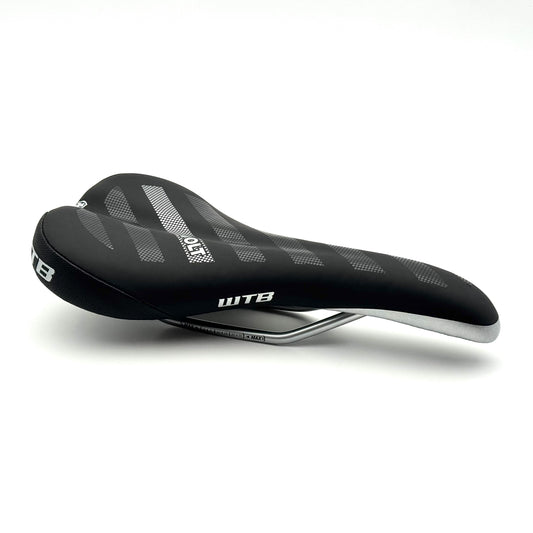
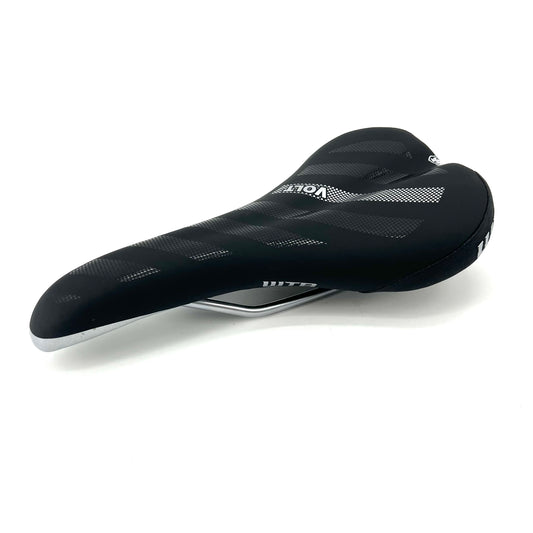
Saddle WTB VOLT COMP Rails CrMo Black
Regular price 19,99 €Regular priceUnit price per -
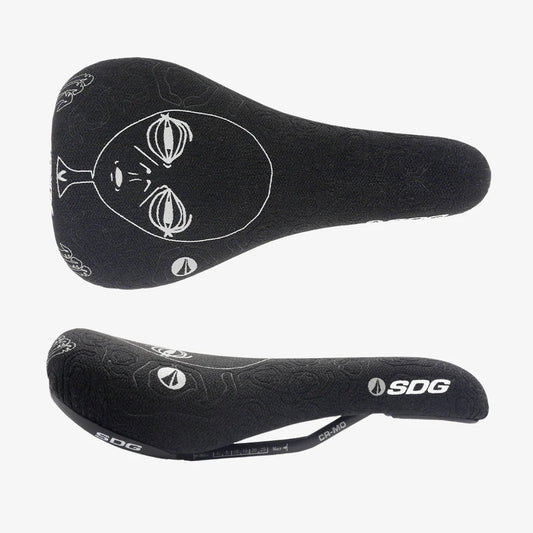
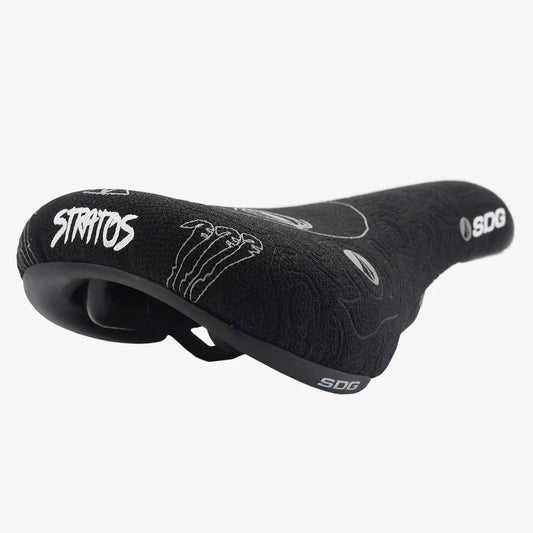
Saddle SDG APOLLO STRATOS Tomas Lemoine Signature Rails Cr-Mo
Regular price 54,99 €Regular priceUnit price per -
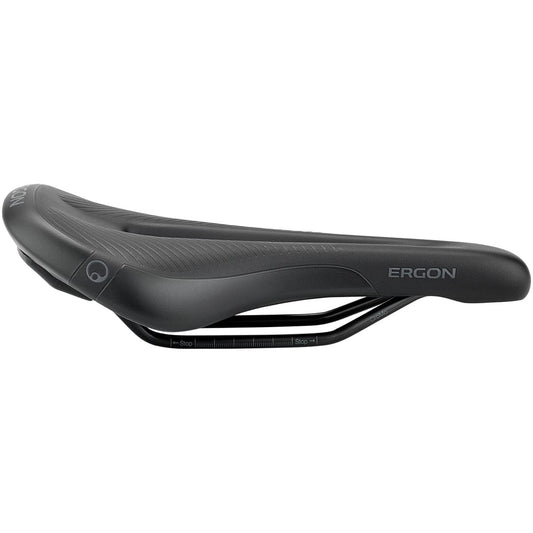
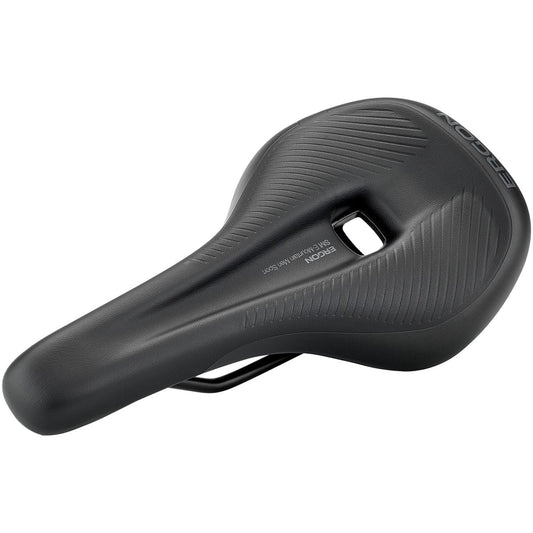
ERGON SM E-Mountain Sport M/L Rails CrMo saddle
Regular price 79,99 €Regular priceUnit price per -
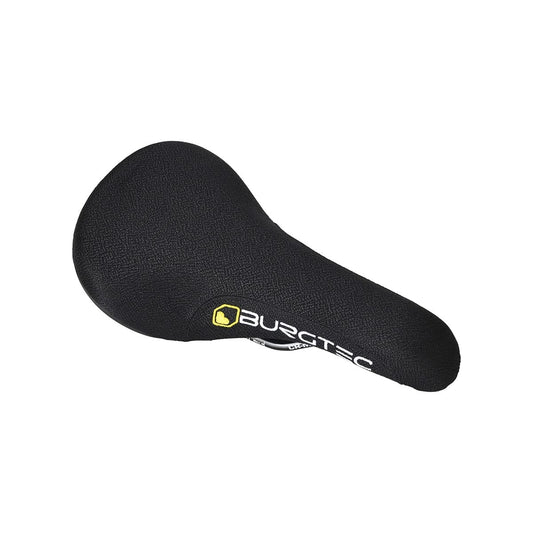
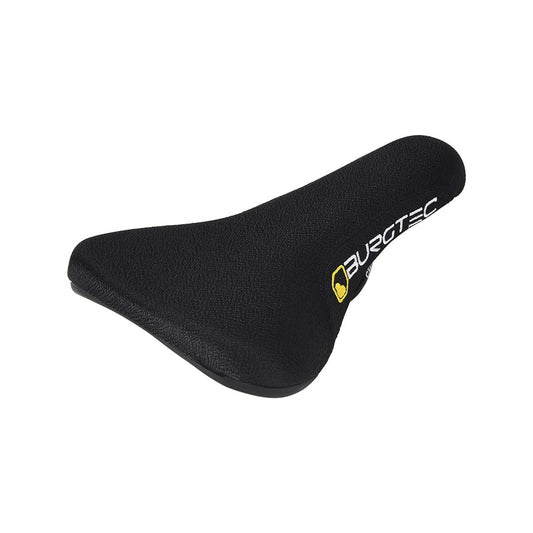
Saddle BURGTEC THE CLOUD BOOST Rails CrMo Logo Black
Regular price 54,99 €Regular priceUnit price per -

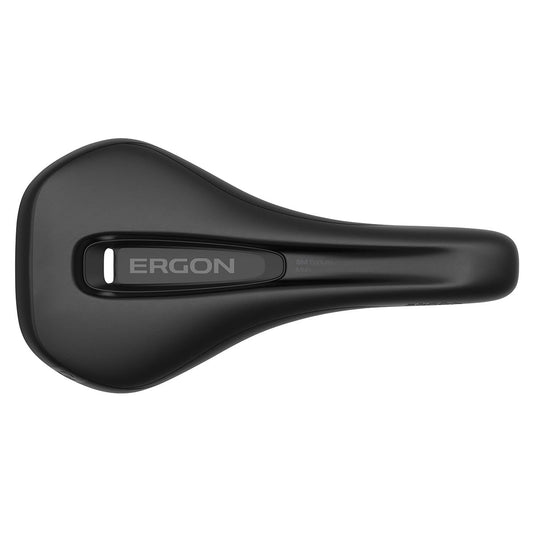
ERGON SM Enduro Men's Saddle S/M CrMo Rails
Regular price 62,99 €Regular priceUnit price per -
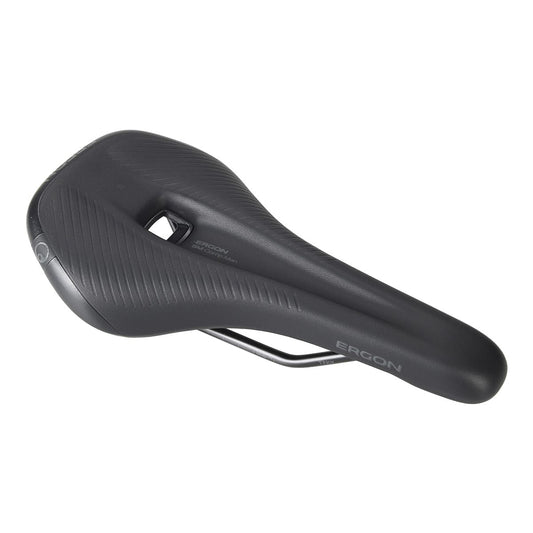

ERGON SM Comp M/L saddle TiNox rails
Regular price 79,99 €Regular priceUnit price per -
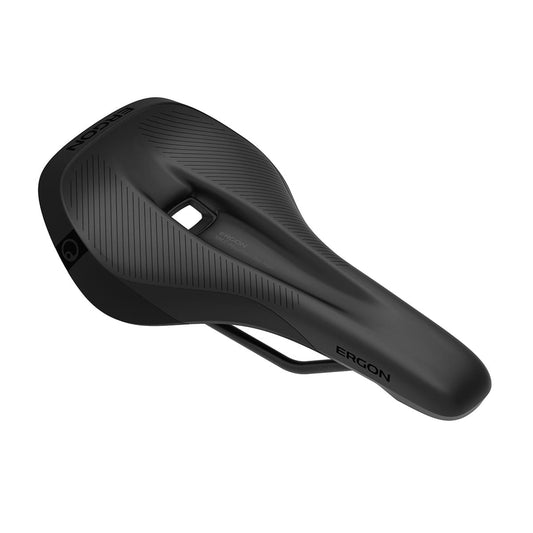
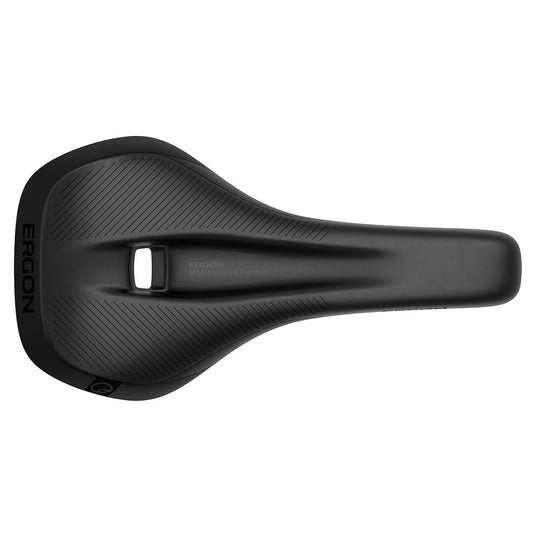
Saddle ERGON SM E-Mountain Pro S/M Rails CrMo
Regular price 94,99 €Regular priceUnit price per -


ERGON SM Enduro Men's Saddle M/L Rails CrMo
Regular price 62,99 €Regular priceUnit price per
















